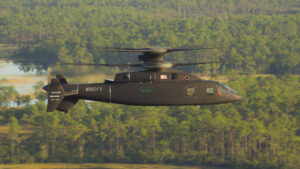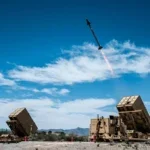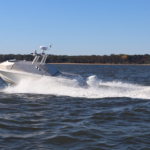
The head of Lockheed Martin’s [LMT] Sikorsky sees the Pentagon focus on the Indo-Pacific Command (INDOPACOM) region in the specifications for new helicopters it is producing and competing on. “For [Future Vertical Lift, FVL], the Army clearly had the INDOPACOM region in mind when they set the specifications. I mean, both of those aircraft respectively have longer range and higher speeds than the aircraft they would be replacing. So you think of [Future Attack Reconnaissance Aircraft, FARA] and it’s replacing…

 By
By 











